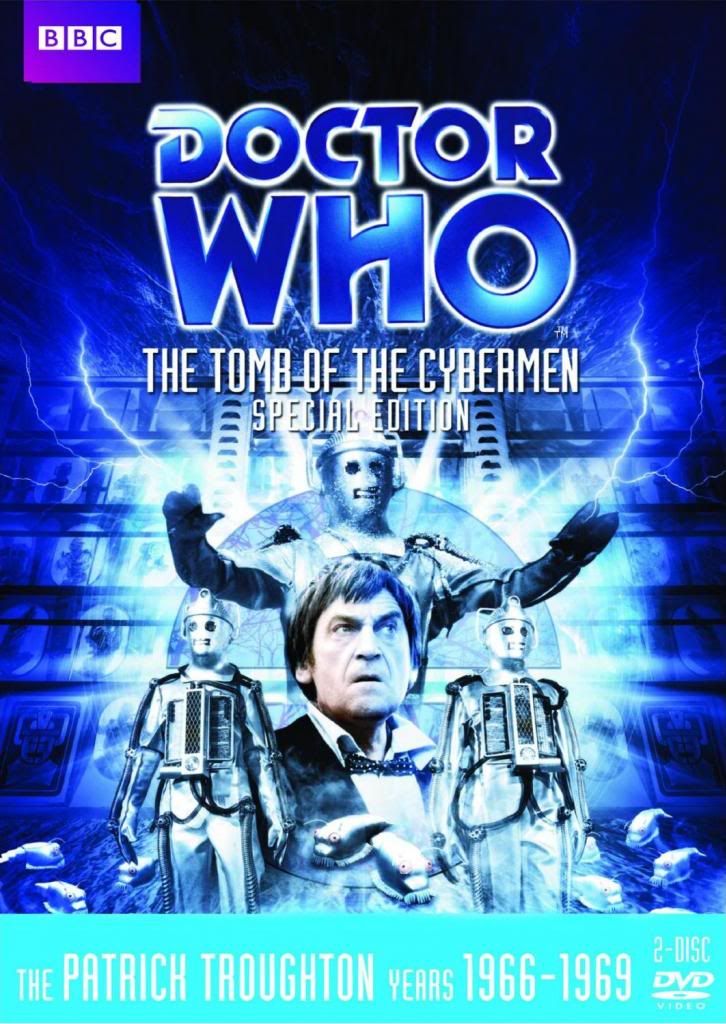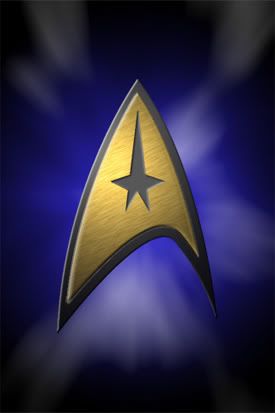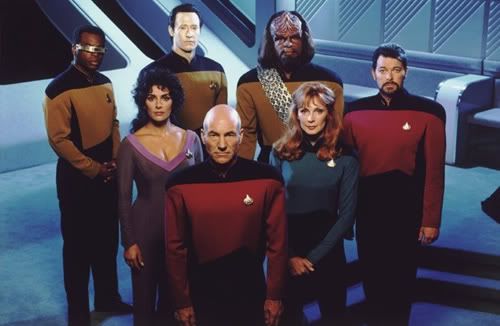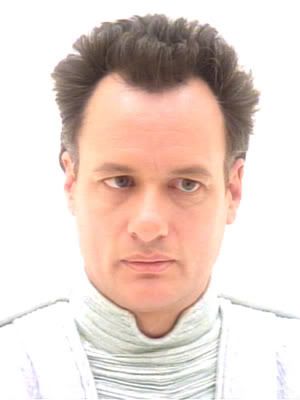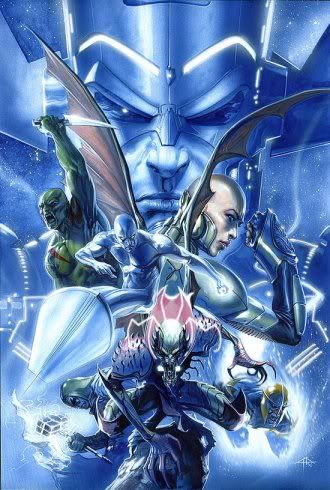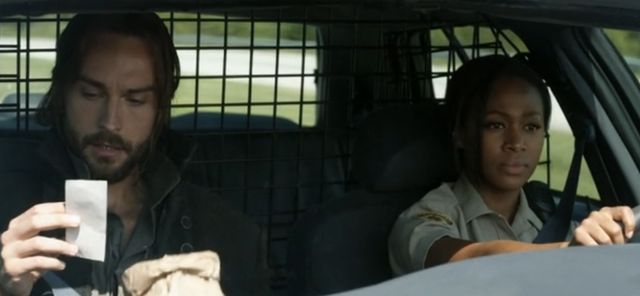
“A ten percent levy on BAKED GOODS??”
Thanks to the wonders of the Internet, particularly Hulu and Netflix, I’ve been able to start getting some television back in my life. I was already using Hulu for Supernatural and Law & Order: SVU, but I’ve started using it to watch newer shows, as well.
Agents of SHIELD
The first new show I broke into was the one I was looking forward to the most. Clark Gregg the actor and Phil Coulson the character are both draws to the show, as well as its promised tie-ins with the cinematic arm of the Marvel Universe. Joss Whedon got his start with television, and knowing his penchant for balanced group dynamics and tightly-plotted stories. All of these things had me set to tune in week to week from the outset.
Unfortunately, it’s also the one that’s taken the most time to get up and running. I like the characters and the premise, but the pacing and quality of stories has been somewhat inconsistent during the first season. It’s taken a couple episodes for the actors to get comfortable with their characters. It’s got plenty of potential and it’s improving with every episode, so I’m still on board.
Sleepy Hollow
This is not the Disney version of the classic tale of the Headless Horseman and Ichabod Crane. Nor is it anything like Tim Burton’s sumptuous adaptation. This time around, Ichabod Crane is a soldier fighting in America’s war against the British. He meets a particularly nasty Hessian mercenary on the battlefield, and the two come to blows. The Hessian deals a mortal wound to Ichabod, who responds by cutting off the hired gun’s head. Both of them fall, and that would be the end of it… except 250 years later, the Hessian rises from the dead, as does Ichabod. He’s picked up by the local police, and meets Lieutenant Abbie Mills, who’s lost her mentor to a redcoat on horseback minus his head. The question is, can she trust this seemingly insane Englishman who claims to have been a soldier under George Washington?
I’ve heard the premise of this show called ‘a bit silly’. And it is. The whole thing is a bit silly. But it’s no sillier than your standard set-up for an episode of Supernatural, and I watch the hell out of that show. What Sleepy Hollow has going for it is smart writing, deliciously old-school production values with practical effects and some wicked monster designs, and an excellent cast. I also like that Tom Mison, who plays the intelligent and determined but somewhat hapless Ichabod, is the only white male in the hero cast. Nicole Beharie and Orlando Jones are both phenomenal, portraying strong, smart, and interesting characters that don’t get relegated to spouting colloquialisms or falling into stereotypes. The pilot hits the ground running and it’s kept up a good pace since then. It’s definitely a new favorite.
Almost Human
The year is 2048. Technology has kind of exploded, and lead to all sorts of open and black market nastiness. To keep up, police have started using military-grade androids to supplement their human detectives. During a raid, Detective John Kennex is seriously injured, and spends a couple years in a coma, waking up to find his leg has been replaced with an advanced prosthesis. He doesn’t acclimate to work too well after that, and he keeps going through synthetic partners. Rudy, the lab technician and local android guru, pairs Kennex up with a DRN model, instead of the usual MX one. While MX models are designed to be purely logical and coldly calculating, ‘Dorian’ was created to be as close to human as possible, with all of the emotional unpredictability that entails. Everybody’s just crossing their fingers that Kennex doesn’t push this one into traffic.
From the start, the show gave me a very pleasant Blade Runner/Deus Ex vibe. I’m a fan of Karl Urban in most of his roles, and casting him as a law enforcement officer keeps reminding me of how good he is as Judge Dredd. Pairing him with Michael Ealy’s Dorian works extremely well. Dorian reminds me a bit of Data from Star Trek: The Next Generation, but where Data was perplexed by the concept of emotions, Dorian struggles to deal with his while making observations on Kennex’s condition and behavior. The two have fantastic chemistry and, like Sleepy Hollow, the show has hit the ground running. The concepts and visuals of the near future have almost an ‘uncanny valley’ feel to them, as it feels like our world and yet is totally different. It’s well-realized, well-shot, and I’m eager to see more of it.
What TV have you been tuning into lately? Will you check out these shows?



